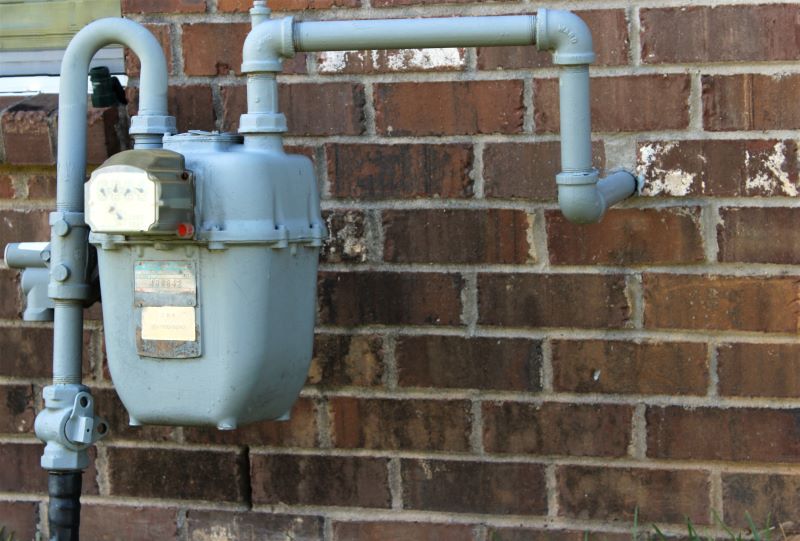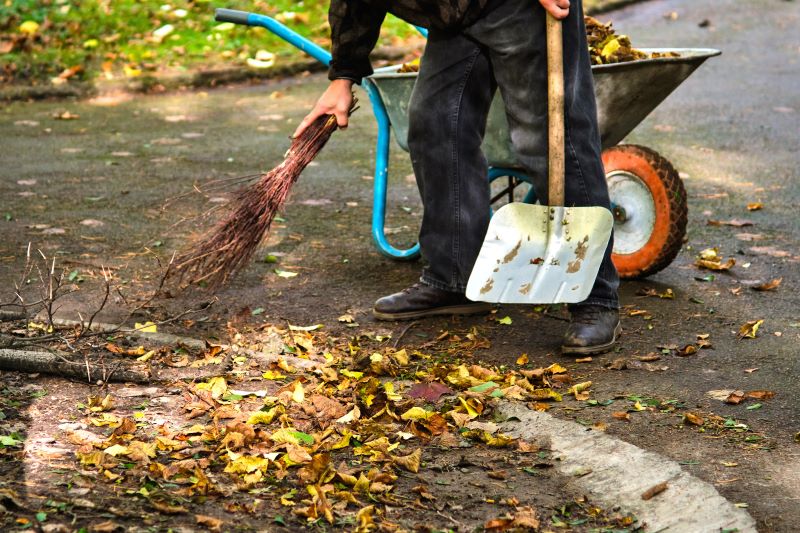Keep Critters Out: Pest Blocking with Expanding Foam Sealant
As the crisp autumn air settles in, we all start spending more time cozying up indoors. It turns out, the small animals and insects around our homes have the same idea. When temperatures drop, critters like mice, squirrels, and insects instinctively look for warm, sheltered spots to nest. This search often leads them right to our doorsteps, basements, and even inside our walls.

Fortunately, you can keep these animals from making your home their winter retreat. This proactive approach is known as preventative pest control, and it’s all about sealing up entry points before animals get in. It’s a humane way to keep your home critter-free without causing harm. With MOUSE SHIELD Spray Foam Sealant, you can easily block off potential openings, keeping critters outside where they belong.
This guide will show you how to find common entry points for pests and use MOUSE SHIELD as your go-to humane pest control solution. You'll also get practical, fall-focused tips for keeping those little visitors at bay while helping them stay safe in their natural habitats.
Where Pests Sneak In: Your Fall Inspection Checklist

Animals and insects can get indoors through small openings you might not even notice. Taking the time this fall to inspect and seal these vulnerable spots is one of the best ways to prepare your home for winter.
- Gaps Around Doors & Windows: Even a tiny gap can be enough for insects or small rodents to squeeze through. Check the seals and weatherstripping around all exterior doors and windows.
- Foundation Cracks: Over time, foundations can develop small cracks. These are prime entry points for pests seeking warmth and shelter from the cold.
- Roof & Attic Access Points: Birds, squirrels, and mice can find their way in through loose shingles, attic vents, or uncapped chimneys. Warm air rising into the attic is a major attraction.
- Utility Penetrations: Check any spot where cables, pipes, or vents enter your home. The gaps around these penetrations are like an open door for small animals.

Beyond keeping critters out, sealing these entry points also makes your home more comfortable. Drafts and moisture can get in through these same cracks, making your home less energy-efficient. A little sealing goes a long way in keeping your space warm and cozy.
The Easy Way to Block Pest Entry Points with Foam Sealant
Protect your home from unwanted visitors with MOUSE SHIELD Spray Foam Sealant. This specially designed foam expands to fill gaps, cracks, and holes, creating a tough, long-lasting barrier.
Step-by-Step MOUSE SHIELD Application

Applying MOUSE SHIELD is a straightforward project you can tackle in an afternoon.
- Identify Problem Areas: Start with a thorough inspection of your home’s exterior. Pay close attention to the foundation, siding, windows, and any utility entry points.
- Clean the Area: Before applying, make sure the surfaces are clean and dry. Wiping away dirt and debris helps the foam adhere properly for the best possible seal.
- Apply the Foam: Shake the can well, as directed on the label. Carefully spray the foam into the cracks and gaps. The foam will expand as it cures, so apply it sparingly at first to avoid overfilling.
- Let it Cure: MOUSE SHIELD dries to the touch quickly but needs about 24 hours to cure completely.
- Inspect Your Work: Once cured, check to see that the gap is fully sealed. You can trim any excess foam with a utility knife for a cleaner look. You can even paint over it to match your home’s exterior.
Other Gentle & Effective Pest Prevention Tips
Sealing entry points is your first line of defence. Here are a few more simple steps you can take this fall to discourage animals and insects from getting too close to your home.
Tidy Up Your Yard to Minimize Hiding Spots
Your yard can offer many cozy hiding spots for critters. A little cleanup can make your home far less appealing.
- Rake leaves and clear brush: Piles of leaves and brush near your foundation are perfect hiding places. Keep these areas clear.
- Store firewood properly: Keep firewood at least a few metres away from your house and, if possible, elevate it off the ground. This prevents rodents and insects from nesting in the woodpile.
- Clear away clutter: Remove any old boxes, empty garden pots, or other items that animals could burrow under for warmth.

A Note on Feeding Wildlife
Many of us enjoy feeding birds and squirrels, but it’s important to do so responsibly. While well-intentioned, leaving out food can attract more animals than you bargained for, including mice and raccoons.
If you choose to feed wildlife, place feeders far away from your house to draw animals away from your foundation. Be sure to use the correct type of feed for the animals you want to attract to avoid causing them harm. Also, use trash cans with tight-sealing lids and store them in a shed or garage, if possible, to keep food scents contained.
Your MOUSE SHIELD Questions Answered
Is MOUSE SHIELD pet safe?
This product is not intended for ingestion and should be kept out of reach of children and pets. In its wet or uncured state, the foam may cause irritation or allergic reactions if inhaled, ingested, or if it comes into contact with skin. Once fully cured, the foam is inert—it is not toxic or poisonous but remains indigestible. The foam also has a nearly undetectable mothball-like scent, which is unappealing to most pets. In the unlikely event that a pet ingests cured foam, please consult a veterinarian immediately.
Can rodents chew through MOUSE SHIELD foam?
While cured MOUSE SHIELD foam is specially formulated to be unappealing to rodents, a determined rodent can still chew through it if motivated. For best results, always remove accessible food sources and eliminate other appealing smells near sealed areas—these are common reasons why rodents might try to bypass your barrier. MOUSE SHIELD is most effective when used as part of a broader pest prevention plan, as discussed throughout this article.
Can MOUSE SHIELD foam get wet?
Yes—after it has fully cured, MOUSE SHIELD foam acts as a water barrier and can withstand exposure to water, making it a great choice for sealing gaps and cracks on the exterior of your home. Please note that this product should not be continuously submerged in water.
Get Your Home Winter-Ready with DAP
By taking these simple steps this fall, you can enjoy a pest-free winter while respecting your local wildlife. A little bit of prevention now saves you from dealing with unwanted guests later.
Ready to tackle your pest-proofing project? MOUSE SHIELD is just one part of our versatile straw foam sealant lineup. Explore the entire range to find the perfect solution for all your sealing and insulating needs. You’ve got this!
